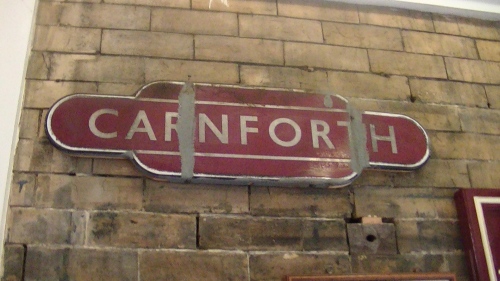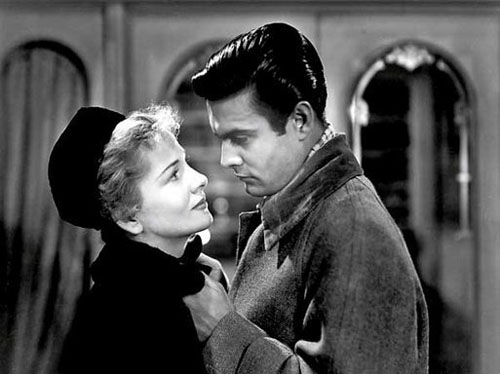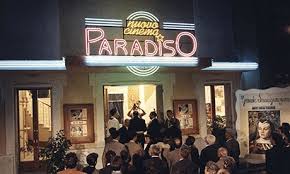Louis, I think this is the beginning of a beautiful friendship.
Although director Michael Curtiz and the rest of the team involved with making Casablanca could not have known it at the time, this last line of dialogue from the film perfectly characterizes the love affair movie audiences have had with this quintessential World War II romance since it premiered on November 26, 1942, in New York’s Hollywood Theatre. During the war, audiences were hungry for news and stories about the war, and films like The Battle of Midway (1942) and Mrs. Miniver (1942) mixed with documentaries like The Memphis Belle: The Story of a Flying Fortress (1944), frankly racist anti-Axis cartoons, and newsreels to keep the public informed and morale high; Casablanca was timed to appear about the same time as the Allied invasion of North Africa on November 8 and the presumed liberation of Casablanca itself. While other wartime films have lived on, none have generated the ardor fans feel for this story of “three little people” caught in a love triangle. What makes this film so compelling that it lands regularly among the top romances of all time?
Millions of words have been expended on this classic film, so it would be pointless of me to rehash what has been said better by others. What I will do is zero in on the subject of this countdown: romance. Casablanca is much more than just a boy-meets-girl kind of romance, and to show that, I’m going to have to go all schoolmarm on you. The birthplace of most of the philosophies that guide Western societies is Greece, and the Greeks had four terms for the main types of love human beings experience: agape, eros, philia, and storge. Agape means love in a spiritual or humanitarian sense, wanting the good of another. Eros, the most common love in Hollywood romances, is the passionate love of longing and desire. Philia is more general and can extend to family, friends, or activities. Finally, storge is natural love, as by a parent for a child; importantly, Greek texts also use this term for situations people must tolerate, as in “loving” a dictator. Casablanca activates each of these forms of love, giving audiences a quadruple whammy of loves so powerful that the film has become the stuff of legend, with well-remembered quotes that distill the essence of these forms of love. (more…)

































 Click on names for archives
Writers/Founders
Click on names for archives
Writers/Founders